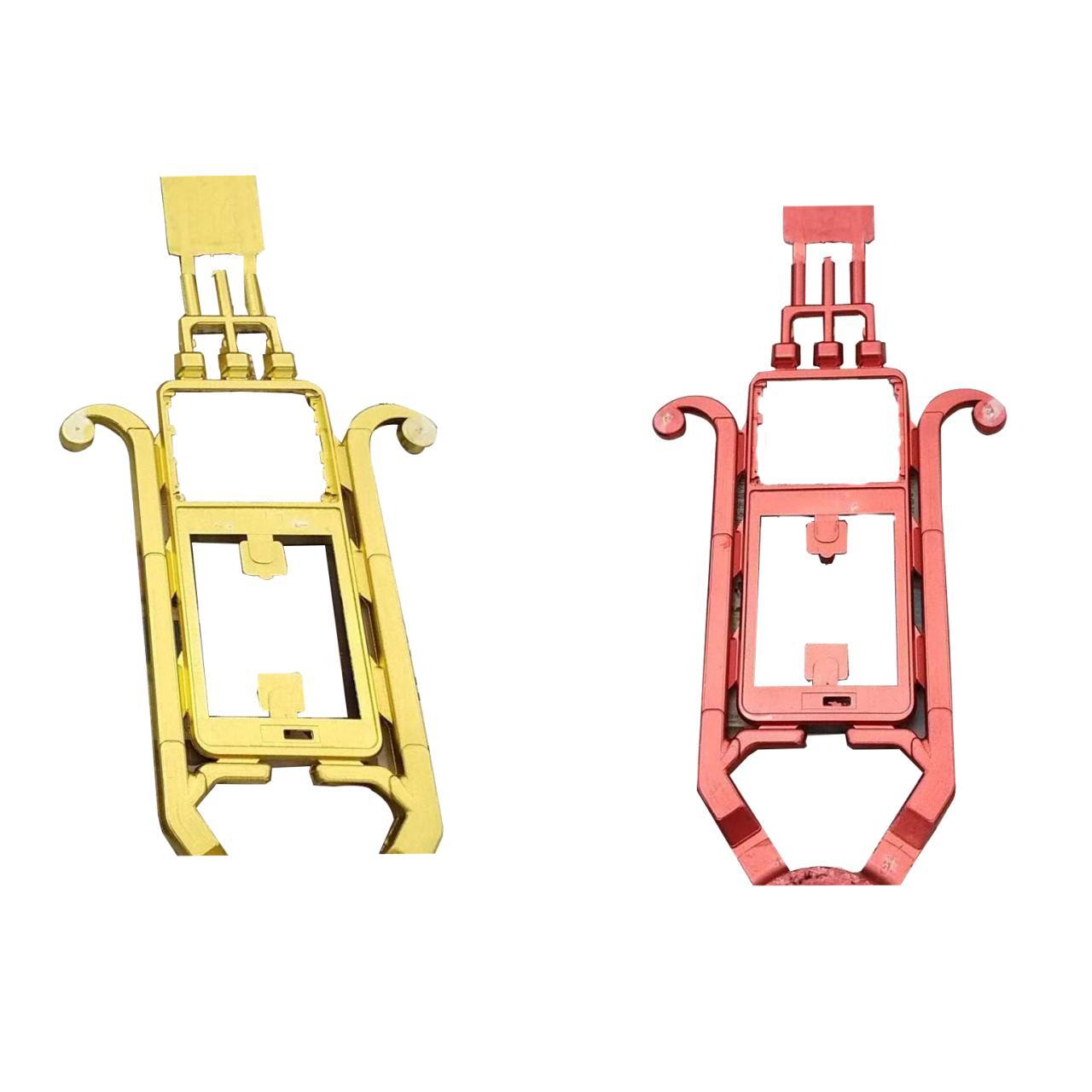Die Casting and Anodizing: How do high quality metal parts come about ?
Why can aluminium alloys be used for anodising?
6061 aluminium alloy can be anodised to increase its surface hardness and corrosion resistance because of its high content of silicon and magnesium. During the anodising process, the surface of the aluminium alloy is electrochemically oxidised to produce a dense oxide layer, which forms a protective layer with high hardness, good wear and corrosion resistance.
Why is A380 not suitable for die-casting followed by anodizing?
Why is 6061 suitable for post-die-casting anodizing?
A380 and ADC12 are both commonly used aluminium alloy die casting materials, but they are not suitable for anodising due to their high proportion of elements such as silicon and copper.
Elements such as silicon and copper tend to produce uneven oxide films during the anodising process, resulting in uneven surface colour or problems such as peeling and cracking, which affects the quality and stability of the anodised film. Also elements such as silicon and copper can affect the effect and cost of anodising, making the treatment more costly and less effective.

Therefore, for aluminium alloy die-casting materials such as A380 and ADC12, anodising is generally not recommended, and other surface treatments such as sandblasting and spraying can be chosen to improve surface quality and aesthetics.
The main reason why 6061 and 6063 aluminium alloys are suitable for anodising is that they contain less elements such as silicon and copper and are more suitable for anodising than aluminium alloy die-casting materials such as A380 and ADC12.

Elements such as silicon and copper can affect the uniformity and stability of the anodised film, resulting in a less than ideal finish. In contrast, 6061 and 6063 aluminium alloys have a relatively low silicon and copper content, and contain high levels of aluminium and magnesium, allowing for the formation of a uniform and dense oxide film, ensuring the effectiveness and stability of the anodic oxidation.
In addition, 6061 and 6063 aluminium alloys have good machinability and strength and are used in a wide range of industrial applications. They can be anodised to increase their corrosion resistance and decorative properties, enhancing their use in a variety of applications.
What parts would be suitable for die-casting ?
1. Shaped appearance decorative parts, especially thin-walled shaped parts, wall thickness can reach 0.5mm;
2. Products with high CNC processing costs, if you want to reduce costs you can use die-cast aluminium to make rough billets, then use CNC to make adjustments and finally anode
3. Products that need to be produced quickly in large quantities, usually small pieces can be die-cast on average 3000 to 8000 pieces per 8 hours.
Our company is engaged in machining precision, alloy die-casting and other precision structural parts and other projects
There are strict processes in place for every step of the process from production to mass production. If you need custom die castings, contact sales820@xy-global.com and we have a dedicated engineering team to solve your problems and get high quality on-demand parts with professional prototyping and production capabilities. Instant quotations and automated DFM analysis can be completed online in seconds and quality parts can be delivered within days.

